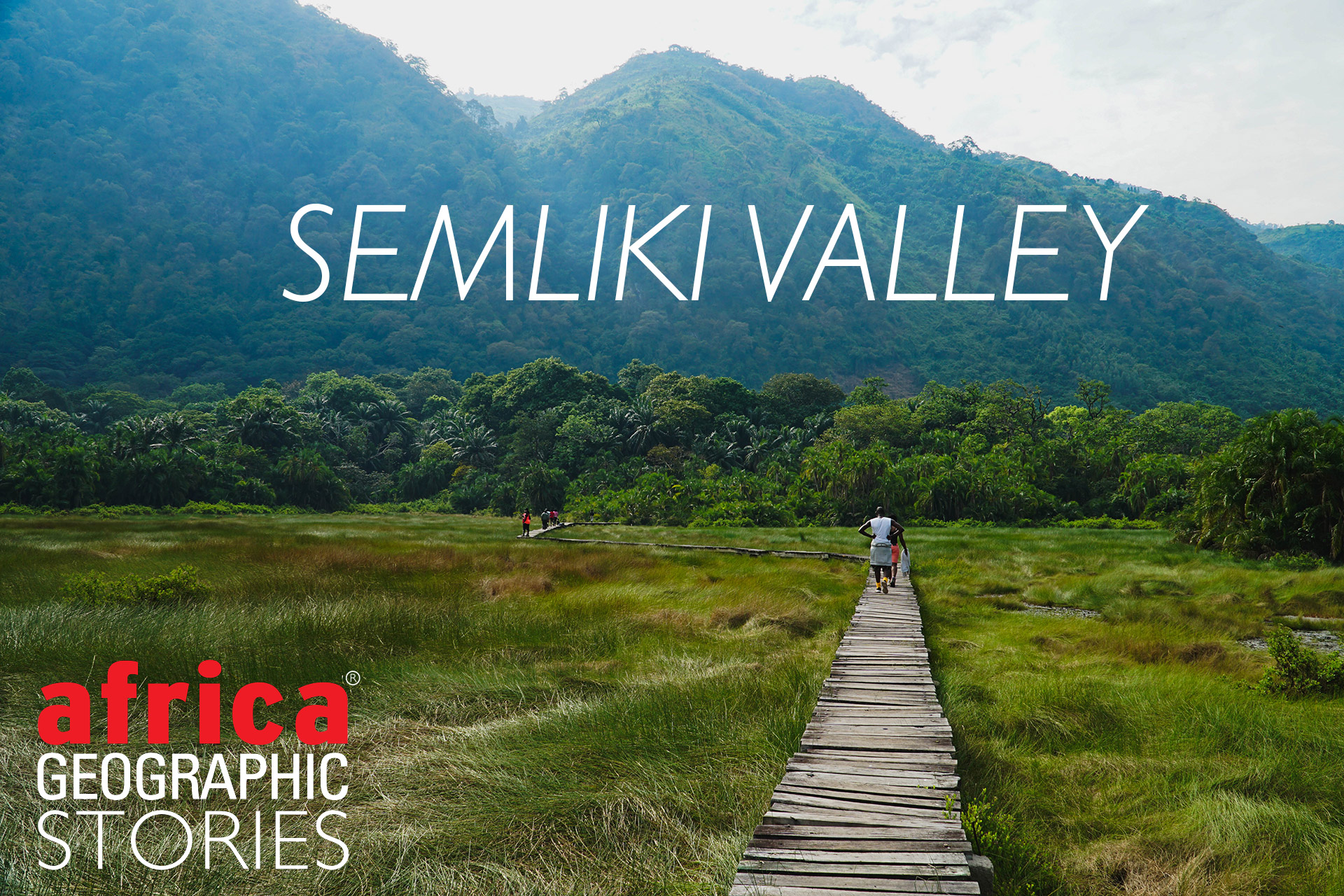
Uganda's best-kept secret

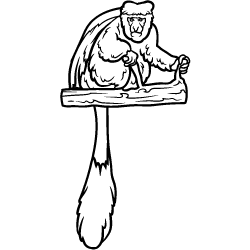
In the heart of Africa’s Albertine Rift lies a geological crossroad, where primordial forces have given rise to a land of extraordinary wild beauty. In the folds of Uganda’s Semliki Valley, beneath the shadows of ancient mountain peaks, time seems to stand still. Here, the great forests of Central Africa gradually give way to the rolling savannahs of the East, creating a zone of transition that epitomises the best of both worlds.

Semliki Valley
The Semliki Valley is one of Uganda’s more remote wilderness regions, unspoilt by mass tourism and considered by many (especially avid birders) to be one of the country’s best-kept safari secrets. It runs the short length of the Semliki River from where it enters the country until it empties into Lake Albert and encompasses two distinctive protected areas: the Semuliki National Park and the Semliki Wilderness Reserve. The contrasting characters of the two wilderness regions – from ancient and eldritch forest to gentle savannah – ensure an astonishing array of biodiversity and centre the Semliki Valley experience around a profound appreciation of nature’s marvels.
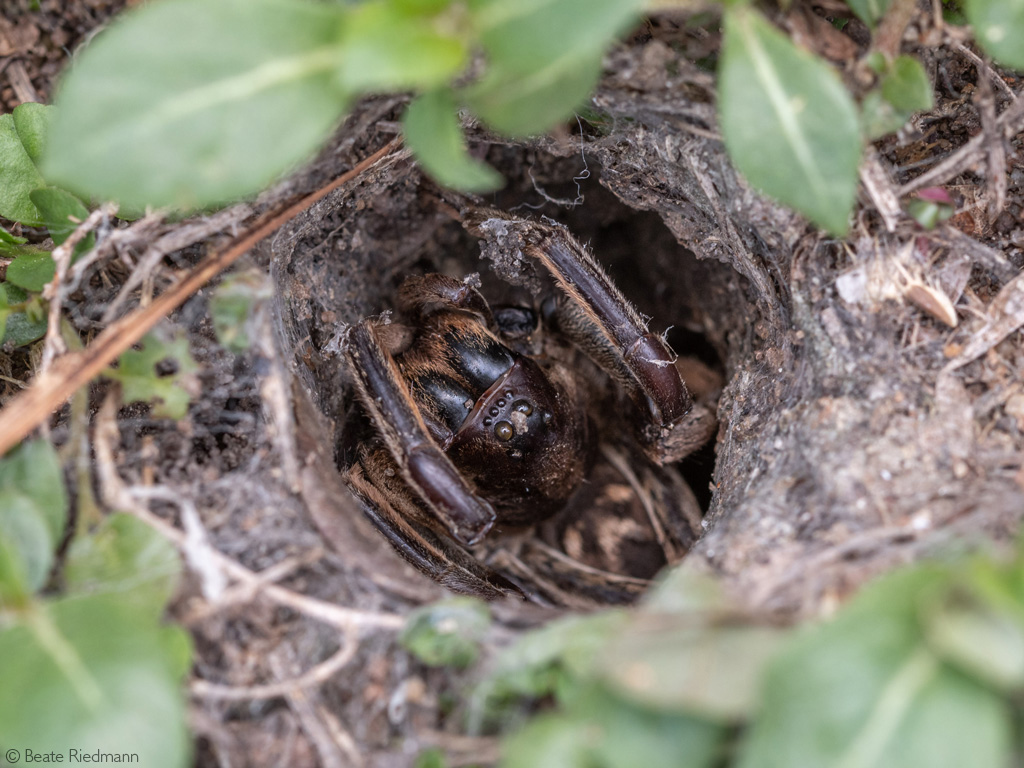
Semuliki National Park lies on the border with the Democratic Republic of Congo (DRC), contiguous with the northernmost corner of Virunga National Park. Semuliki protects the easternmost extension of the mighty Ituri Forest, which stretches more than 500km to the Congo River and represents the only true tract of lowland tropical forest in East Africa. The landscape is dominated by Ugandan ironwood trees (Cynometra alexandri), interspersed with lush palm fronds and verdant ferns. Juxtaposed against this backdrop of green, a kaleidoscope of over 350 butterfly species of every size and hue flutter between shafts of light, and the forest is alive with a cacophony of birdsong. The dark woods are broken by startling open patches of papyrus swamps, the dramatic scenery of the Sempaya Hot Springs, and views of the glacier-tipped Rwenzori Mountains.
In contrast to the perpetual twilight of the national park, Semliki Wilderness Reserve (formerly Toro-Semliki Wildlife Reserve) is a breath of light and air. But for small patches of forest, most of the reserve is a mosaic of dry savannah grassland, riparian woodland and Borassus palms. Herds of elephant, buffalo and antelopes gather on the plains beneath the looming peaks of the Blue Mountains in neighbouring DRC to the west and the dramatic slopes of the Rift Valley escarpment to the east.
While names like Queen Elizabeth and Murchison Falls National Parks command the safari scene in Uganda, the Semliki Valley is perfectly positioned between the two – offering the unique opportunity to immerse oneself in a land before time. The region’s setting at the intersection between key habitats guarantees an electrifying combination of weird, wonderful, endemic, and unusual creatures.
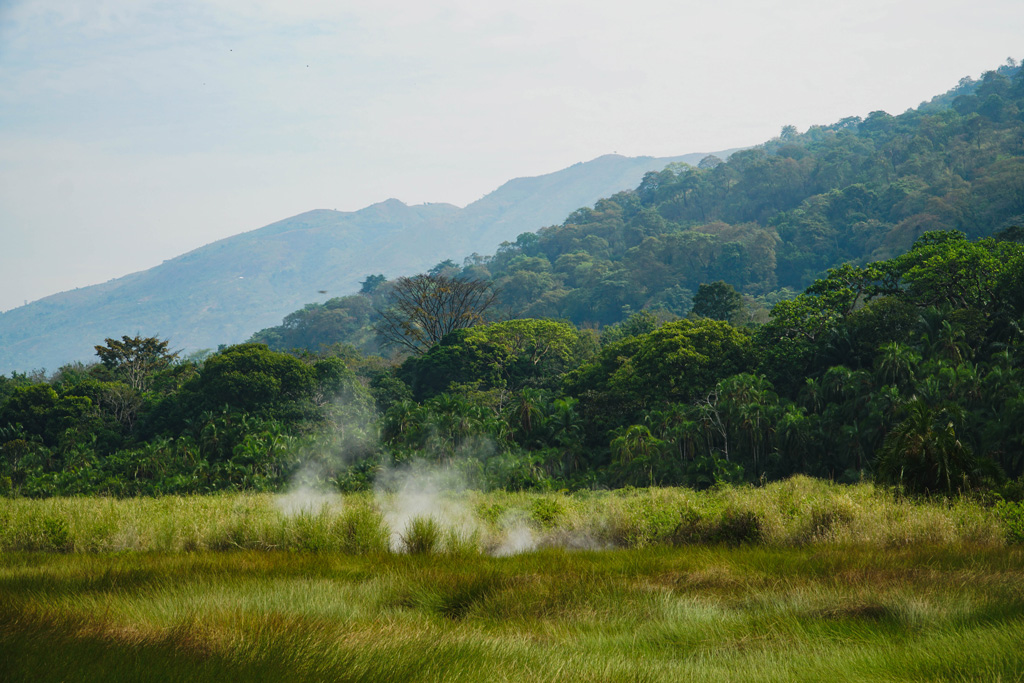

All aflutter in Semliki
While the national park and the wildlife reserve are home to some of the more iconic mammal species on the safari checklist, the Semliki Valley is best known for its remarkable birding. Uganda is one of Africa’s prime birding destinations, and many of the country’s most exciting species can be found in the west, where forest meets savannah. Over 435 bird species have been recorded in Semuliki National Park alone, including many Guinea-Congo forest biome species not found elsewhere in East Africa. Congo serpent eagles haunt the dark understories of the forest, while the lyre-tailed honeyguide’s crescendo taunts scores of frustrated birders every year.
An assortment of hornbills, including the red-billed dwarf, black dwarf and black-casqued hornbills, are generally considerably more conspicuous, and the nkulengu rail is an invariable highlight, as are the shoebills of nearby Lake Albert. Red-throated bee-eater, spot-breasted ibis, Oberländer’s ground thrush, piapiac, blue swallow, snowy-headed and blue-shouldered robin-chats, red-rumped tinkerbird, yellow-throated and western nicators, Bate’s nightjar – the “specials” bird list of the Semliki Valley is enough to have aviphiles itching to reach for their binoculars.
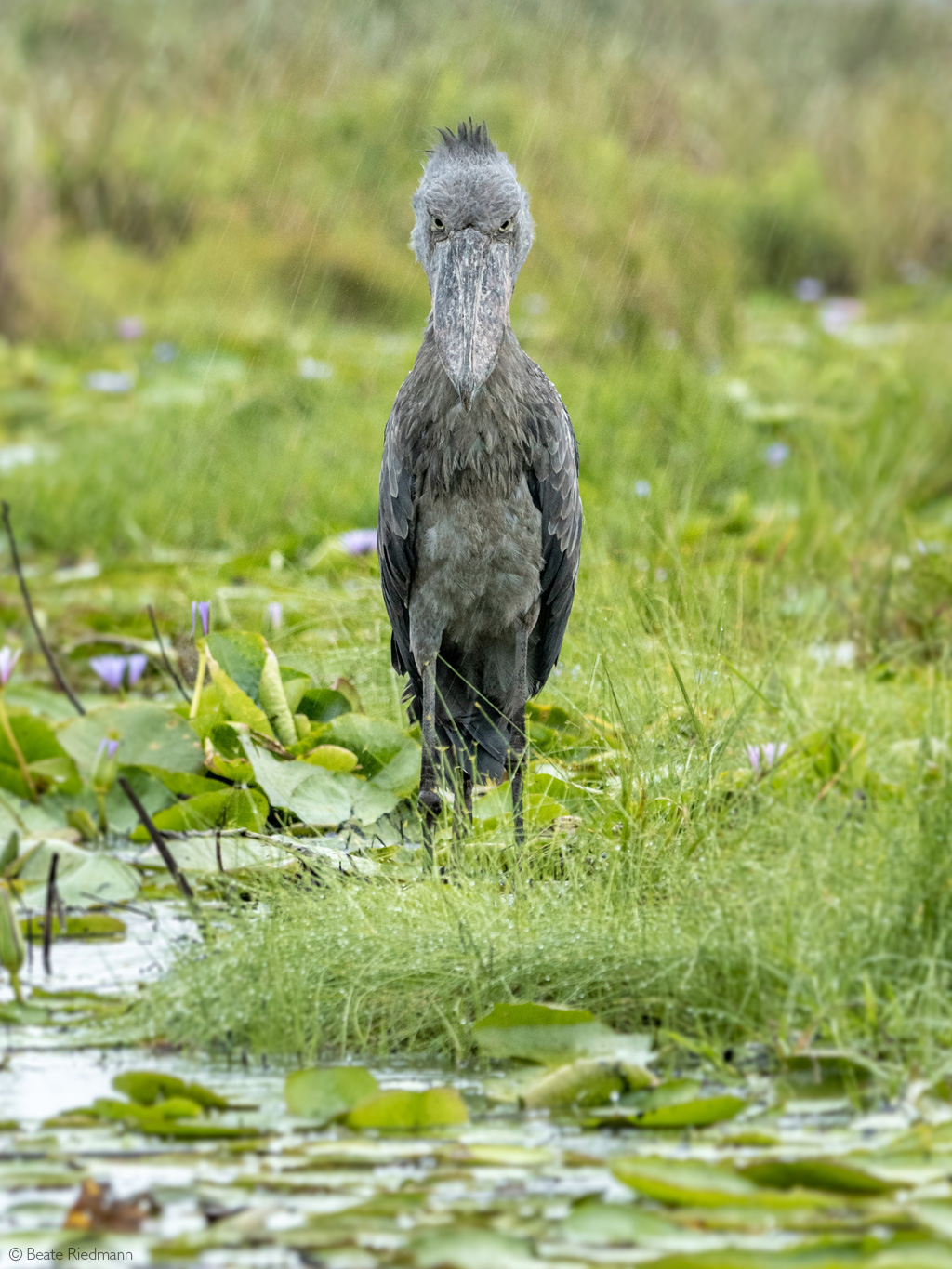
Down to earth
If visitors can tear their gaze away from the feathered extravaganza, mammal life in Semliki is fascinating. Forest rarities like the fire-footed rope, red-legged sun and Beecroft’s flying squirrels share their arboreal space with grey-cheeked mangabeys, mantled guerezas, red colobuses, red-tailed monkeys and De Brazza’s monkeys. The elusive water chevrotain (also known as the fanged deer) lurks in the undergrowth along with a host of duiker species, including the bay duiker.
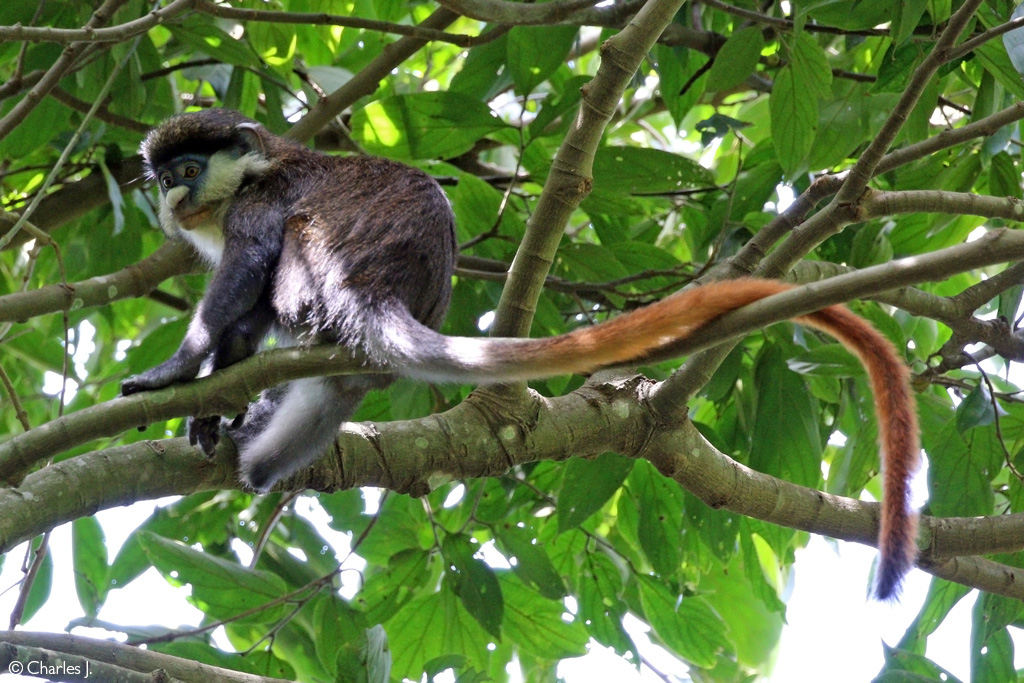
Encounters with the larger residents like buffalo and elephant (including both forest and savannah varieties) are intermittent, and lions are more commonly heard than seen. However, large herds of Ugandan kob are ubiquitous, especially in Semliki Wildlife Reserve. Both protected areas are home to populations of chimpanzees, and while they are less habituated than those of nearby Kibale Forest, chimpanzee walks are among the activities on offer. The reserve’s chimpanzees are of particular interest to the scientists of Indiana University’s Semliki Chimpanzee Project, as they survive in an unusually arid habitat.
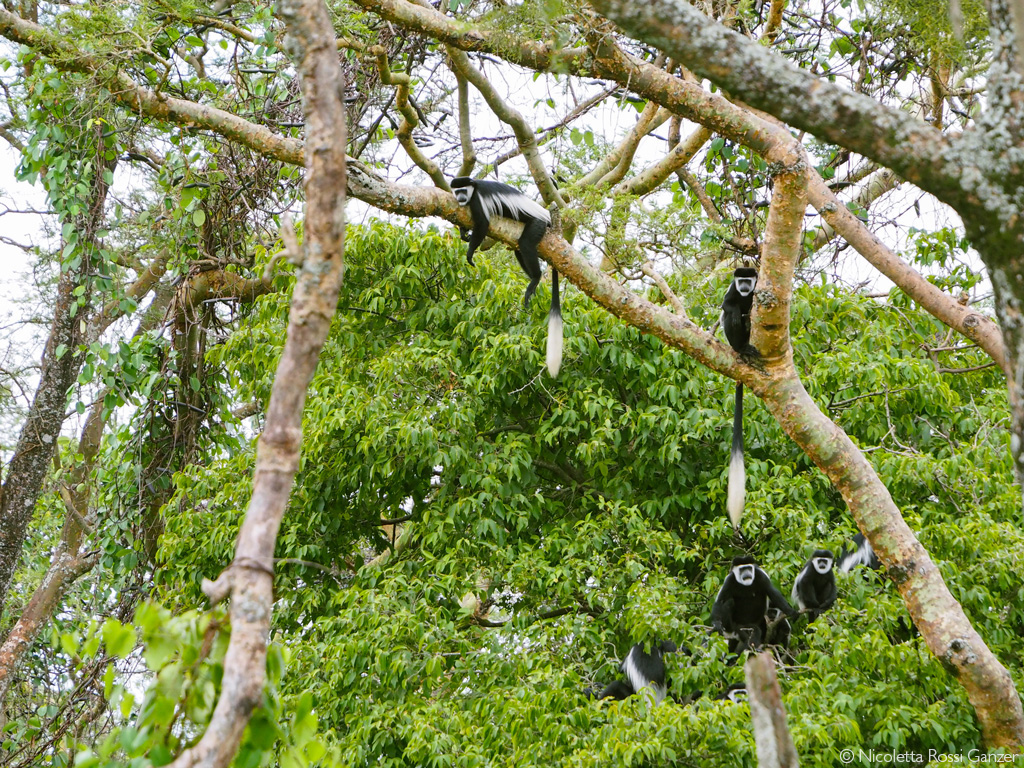

Bubbling with excitement
The Sempaya hot springs are situated not far inside Semuliki National Park and are accessed via a short boardwalk that runs through the forests. As the park’s most famous attraction, the two springs are a testament to the region’s rich geological history and hold a deep cultural significance to the local Bamaga people.
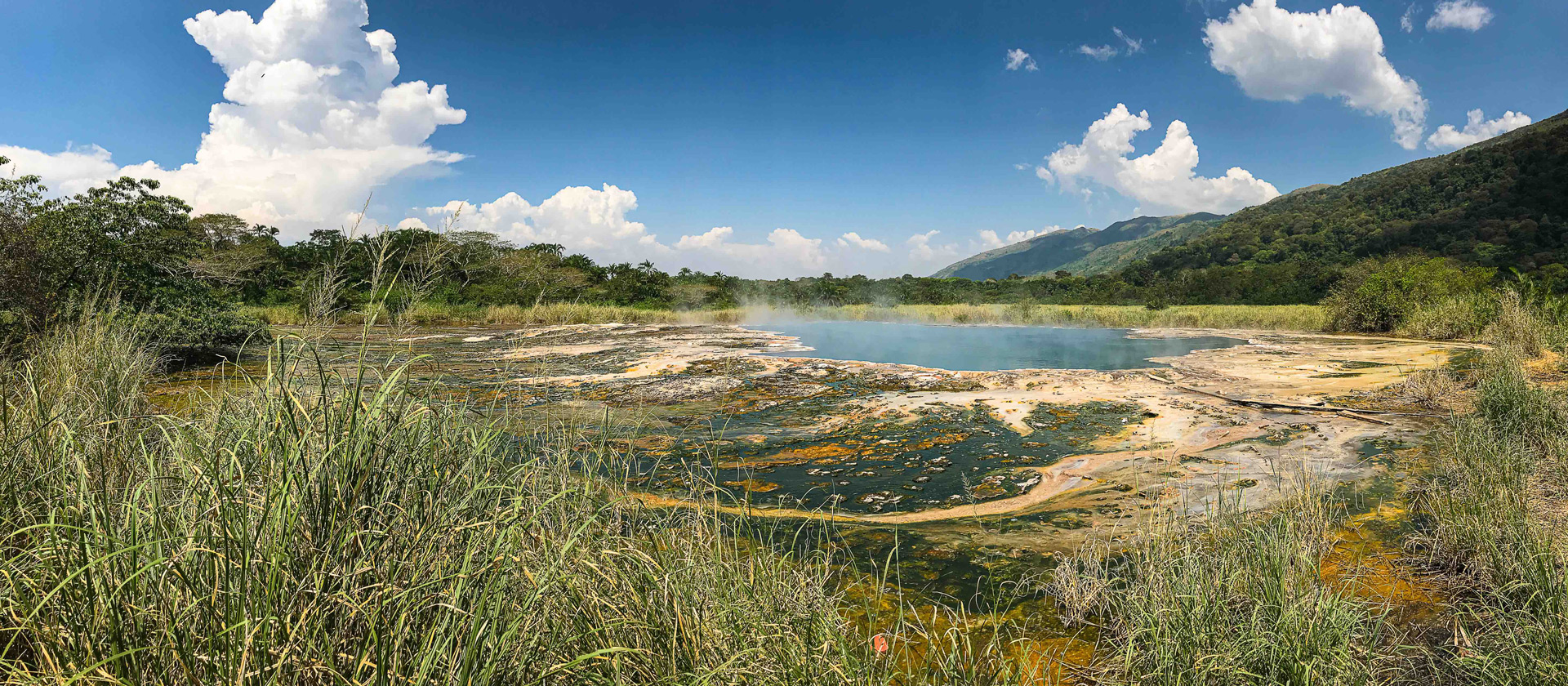
The “male spring” – called Bitende – is a calm pool some 12 metres in diameter, while the “female spring” – called Nyasimbi – spews boiling water and steam into the air (perhaps the less said about that difference, the better). The Bamaga people believe their female ancestors live beneath Nyasimbi and their male ancestors beneath Bitende. Annual rituals are carried out at the springs to appease these spirits.
The warm waters are also used for cooking, a tradition in which visitors can participate. Alongside the springs, mineral-encrusted swamps attract forest-dwelling mammals searching for au natural dietary supplements.
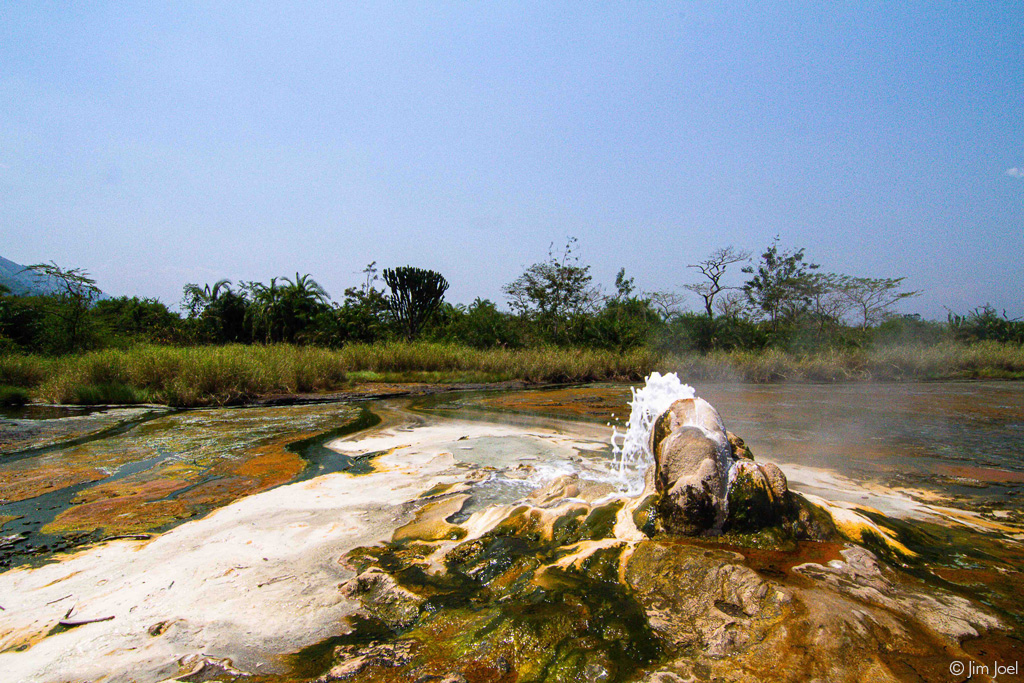

Explore Semliki & stay
Want to go on a safari to Semliki Valley? To find lodges, search for our ready-made packages, or get in touch with our travel team, scroll down to after this story.
With its relatively low densities of large mammal species, Semliki Valley is not the best choice for first-time safari-goers. However, for birders and those with a genuine capacity to appreciate Africa’s more unusual offerings, there are few destinations as delightfully unspoilt and jaw-droppingly scenic. Moreover, a few days spent in Semliki can easily be combined with gorilla trekking in Bwindi Impenetrable Forest or Mgahinga National Parks, chimpanzee trekking in Kibale National Park and a Big 5 safari in Queen Elizabeth or Murchison Falls National Parks.
Much of the exploration of the Semliki Valley is done on foot, with both the national park and reserve offering guided trails of varying lengths and difficulty levels. As such, a sturdy pair of comfortable walking boots is essential! These walks can be tailored to particular interests (a birding or primate focus, for example) or simply to take in the majesty of the surroundings. Game drives and night drives are conducted in Semliki Wildlife Reserve, along with boat cruises on the crystalline waters of Lake Albert.
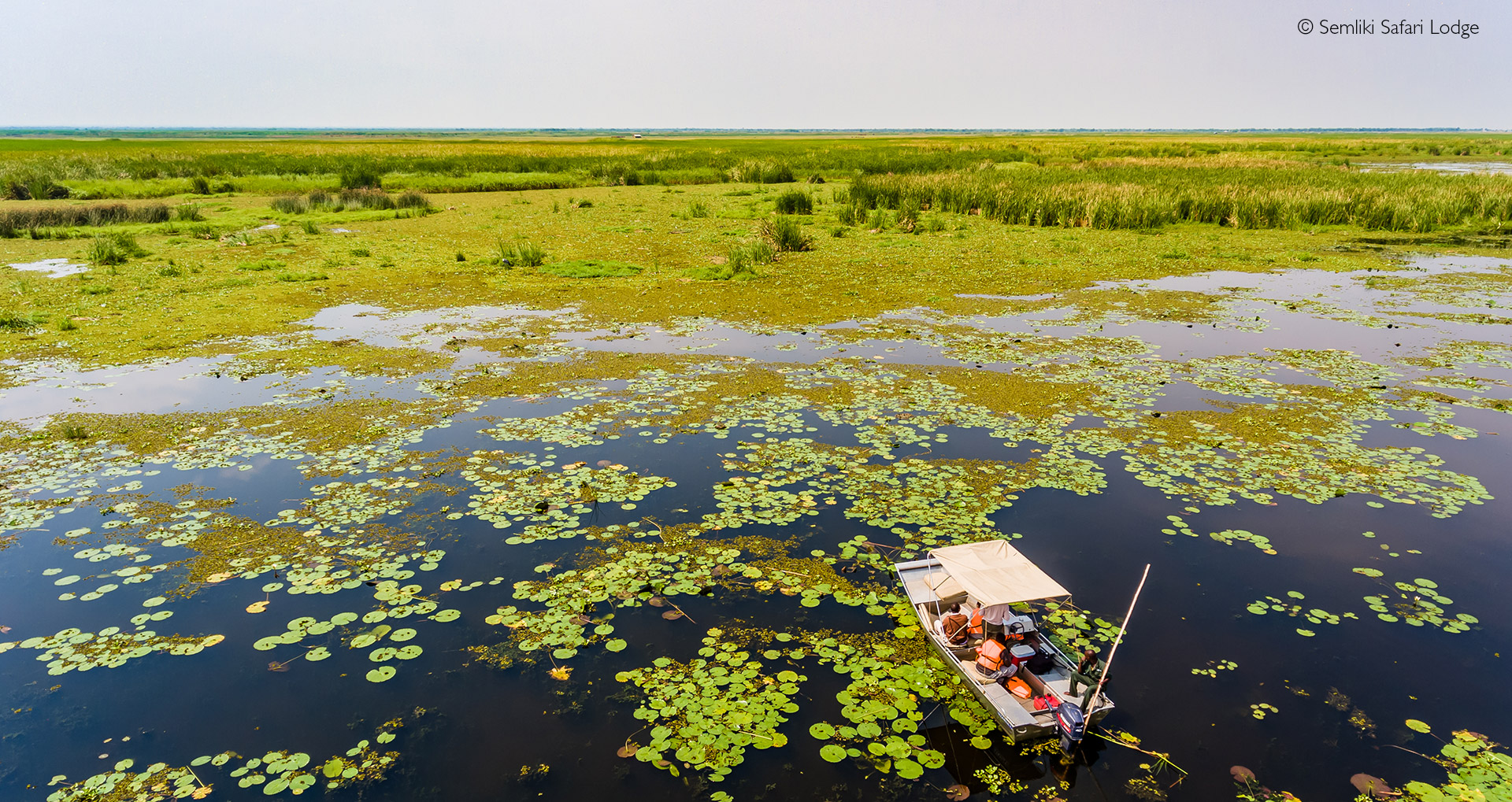
Budget bandas (basic huts) are operated by the Uganda Wildlife Authority in both Semuliki National Park and Semliki Wildlife Reserve. The latter also has one privately run luxury lodge. The region experiences rain throughout the year, but during the two peak rainy seasons from March to May and September to December, many parts of the park are flooded and become entirely inaccessible.
Whether walking the paths of the dense forests or admiring the savannah scenery, exploring the remote Semliki Valley is an experience unlike any other in Africa. It encompasses the wildest aspects of Central Africa and the convenience and beauty of East Africa, making it the perfect destination for novice and experienced travellers alike.
To comment on this story: Login (or sign up) to our app here - it's a troll-free safe place 🙂.![]()




